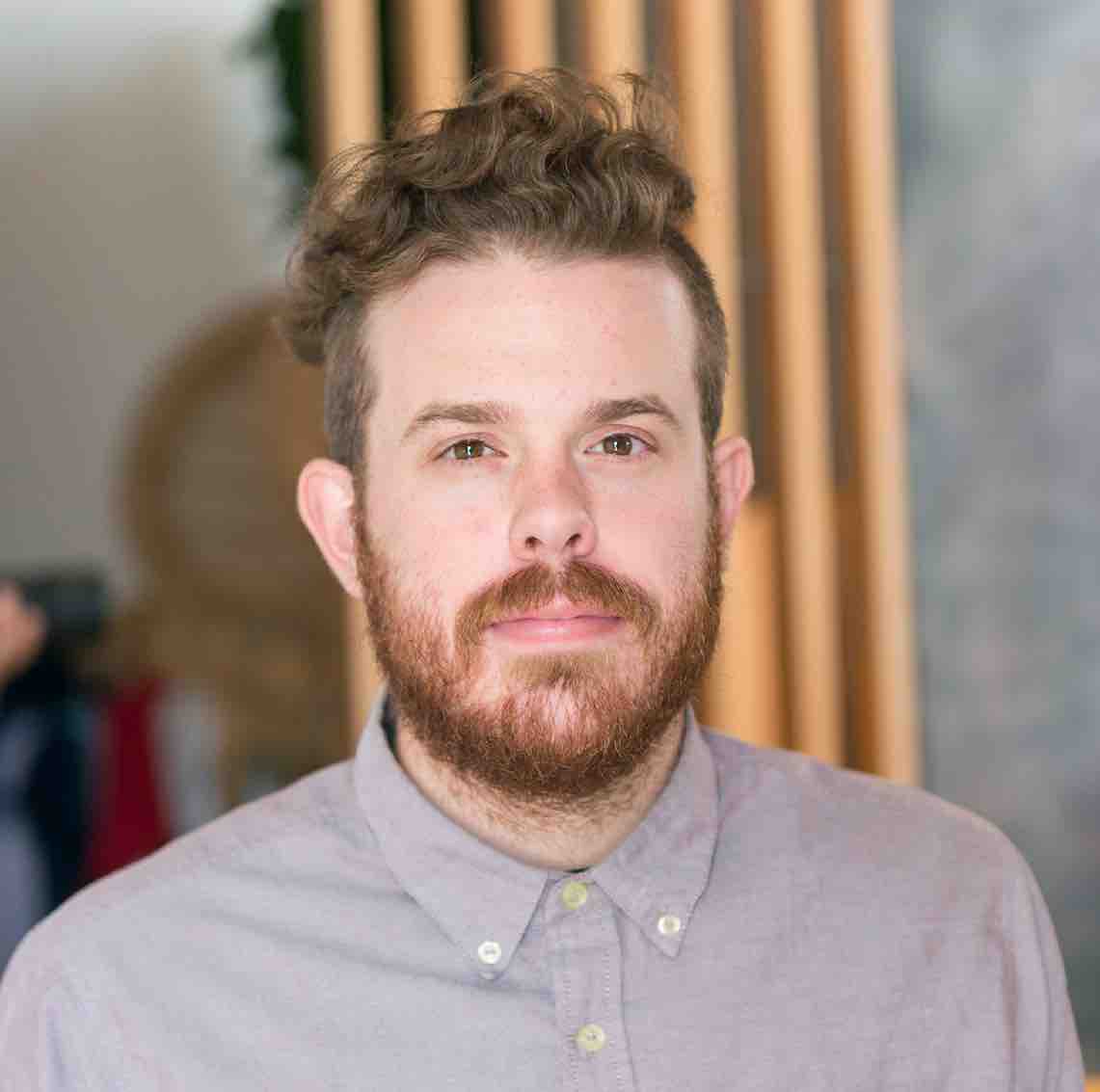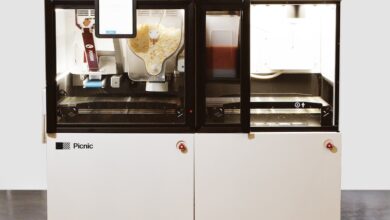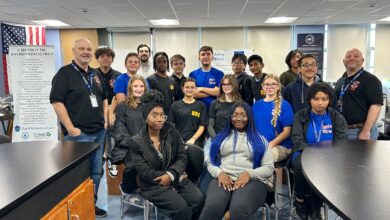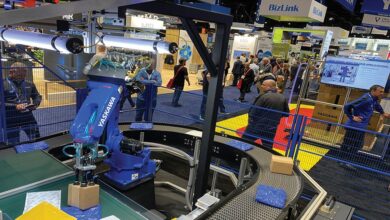Innovative Combat Robotics Event at Chico State Highlights Future of Engineering

Summary: Robotronica at Chico State University showcases the ingenuity of student engineers in a dynamic and inclusive combat robotics competition. The event, organized by the American Institute of Mechatronic Engineers, provides hands-on experience in a field that is revolutionizing industries and addresses issues of diversity in STEM.
Chico State University recently played host to Robotronica, an event that transformed the quiet campus into a high-stakes arena where robots clashed in a spectacle of engineering prowess. One of the event’s highlights was a dramatic aerial duel between a drone and a flame-throwing robot, captivating an audience that not only came to witness technological combat but also to celebrate inclusivity and passion for engineering.
The robots, carefully crafted by students, battled within a specially designed fireproof arena, proving that the American Institute of Mechatronic Engineers (AIME) club is not only about theoretical knowledge but also about applying it in creative and innovative ways. The event was open to all students, regardless of their major, and sought to diminish the financial hurdles often associated with engineering projects through dedicated funding.
As the backdrop for these robotic battles, Chico State’s engineering culture thrives on unity and support, striving to break down the barriers of a field often dominated by men. One of the few female members of the program, Marina Dear, shared the challenges and ultimate rewards of pursuing a passion in this competitive arena, citing the solidarity and encouragement found within the college’s community.
The success of Robotronica mirrors the larger trends in the robotics industry, which is advancing at an impressive rate. With applications spreading across various sectors, the need for skilled engineers has never been greater. Challenges such as ethical considerations, cybersecurity, and ensuring workforce diversity are central discussions as this field grows.
Educational institutions and organizations are called upon to promote diversity and offer robust support for future engineers—those prepared to innovate and inspire within the ever-expanding world of robotics. These initiatives are vital as the industry confronts changing economic landscapes, technological breakthroughs, and the need for sustainable practices.
Robotronica epitomizes this commitment, preparing a new generation of engineers to tackle future challenges—ranging from technical proficiency to environmental consciousness—poised to drive forward the industry and better the world.
Robotronica at Chico State University recently showcased the ingenuity of student engineers through a dynamic and inclusive combat robotics competition. Organized by the American Institute of Mechatronic Engineers, this event provided hands-on experience in robotics, an increasingly vital field. With robots meticulously designed by students, the event offered a creative way to apply their knowledge beyond the classroom.
The combat robotics competition is a microcosm of the rapidly expanding robotics industry, which has profound implications across manufacturing, healthcare, logistics, defense, and entertainment sectors, among others. As of now, this industry is experiencing significant growth. Market forecasts indicate that the global robotics market size is expected to continue expanding at a compound annual growth rate (CAGR) of around 26% from 2021 to 2026. This growth is fueled by innovations in artificial intelligence, machine learning, and the increasing adoption of robots for automation.
However, the industry does face some challenges. There areethical considerations, such as the displacement of human workers and potential misuse of robotic technologies. Additionally, cybersecurity is of paramount concern as interconnected robots offer new vectors for cyber attacks. Finally, the issue of workforce diversity persists, with ongoing efforts to ensure that the engineering field becomes more representative of the society it serves.
As robot technology permeates more sectors, the need for a workforce that is not only technically proficient but also well-versed in ethical and environmental consideration becomes more pressing. Events like Robotronica are fundamental in fostering an early interest in the field and in addressing the diversity issue by encouraging participation from underrepresented groups in STEM fields.
It’s essential that educational institutions and organizations continue to promote diversity and offer robust support for students venturing into engineering and robotics. Resources, scholarships, and active recruitment can help alleviate financial burdens while mentorship programs can provide the necessary guidance and encouragement, especially for those from backgrounds traditionally underrepresented in the field.
Robotronica is a testament to Chico State University’s commitment to preparing students for real-world challenges. It weaves together technical competence, creativity, and environmental stewardship, elements that are crucial to driving the robotics industry forward and creating a sustainable technological future for all. For further information on how robotics is shaping industries, you can visit reputable sources offering in-depth coverage and analysis of market trends in robotics like Robotic Industries Association or RoboHub. Remember to access this information through secure and up-to-date web browsers to ensure the best online experience and cybersecurity.

Roman Perkowski is a distinguished name in the field of space exploration technology, specifically known for his work on propulsion systems for interplanetary travel. His innovative research and designs have been crucial in advancing the efficiency and reliability of spacecraft engines. Perkowski’s contributions are particularly significant in the development of sustainable and powerful propulsion methods, which are vital for long-duration space missions. His work not only pushes the boundaries of current space travel capabilities but also inspires future generations of scientists and engineers in the quest to explore the far reaches of our solar system and beyond.



